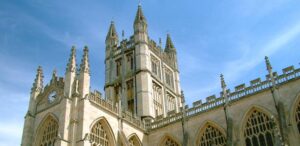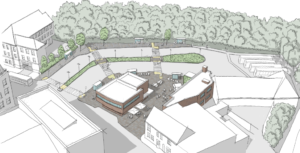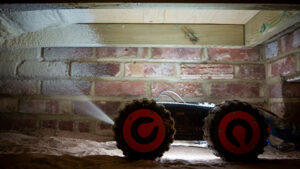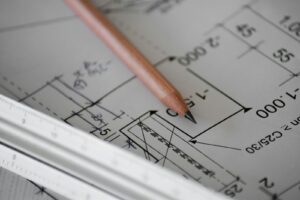Solar panels could help to futureproof historic buildings
Installing solar panels on historic buildings could reduce emissions and help to beat the rising costs of energy, according to a new study.
Researchers carried out a feasibility study and found that installing solar panels on the Grade I listed Bath Abbey could save around 10 tonnes of carbon dioxide per year.
The team, including researchers from the University of Cambridge, examined the dimensions, tilt, and orientation of the Bath Abbey roof, along with historic weather data and shading of the roof from spires to model the best configuration of the panels
They found that the setup could produce around 45-megawatt hours per year, which accounts for roughly 35% of the Abbey’s annual usage. The equivalent amount of carbon dioxide saved, versus buying the electricity from the National Grid, would be around 10 tonnes per year, significantly reducing the carbon footprint of the building.
A cost-benefit analysis showed that the system could pay for itself in 13 years and provide a profit of £139,000 over a lifespan of 25 years. It would also future-proof the Abbey from rising costs of energy bills. The findings show that despite a large initial outlay, the system would be financially feasible for the historic Grade I listed building.

First author Matthew Smiles from the University of Liverpool said: ‘It’s very difficult to insulate historic Grade I listed buildings like Bath Abbey, so installing solar panels is a good way to reduce the carbon footprint of these buildings.
‘With increasing energy prices, installing solar panels could result in large cost savings.’
In the model, the panels were sited such that they couldn’t be seen from the street, so they would have a minimal visual impact on the historic building.
‘Not only does it make financial sense, but the installation of solar panels on Bath Abbey could inspire reinvigoration of solar PV deployment in the UK which has stagnated over the past five years,’ said co-author Adam Urwick.
Photo Credit – Supplied















